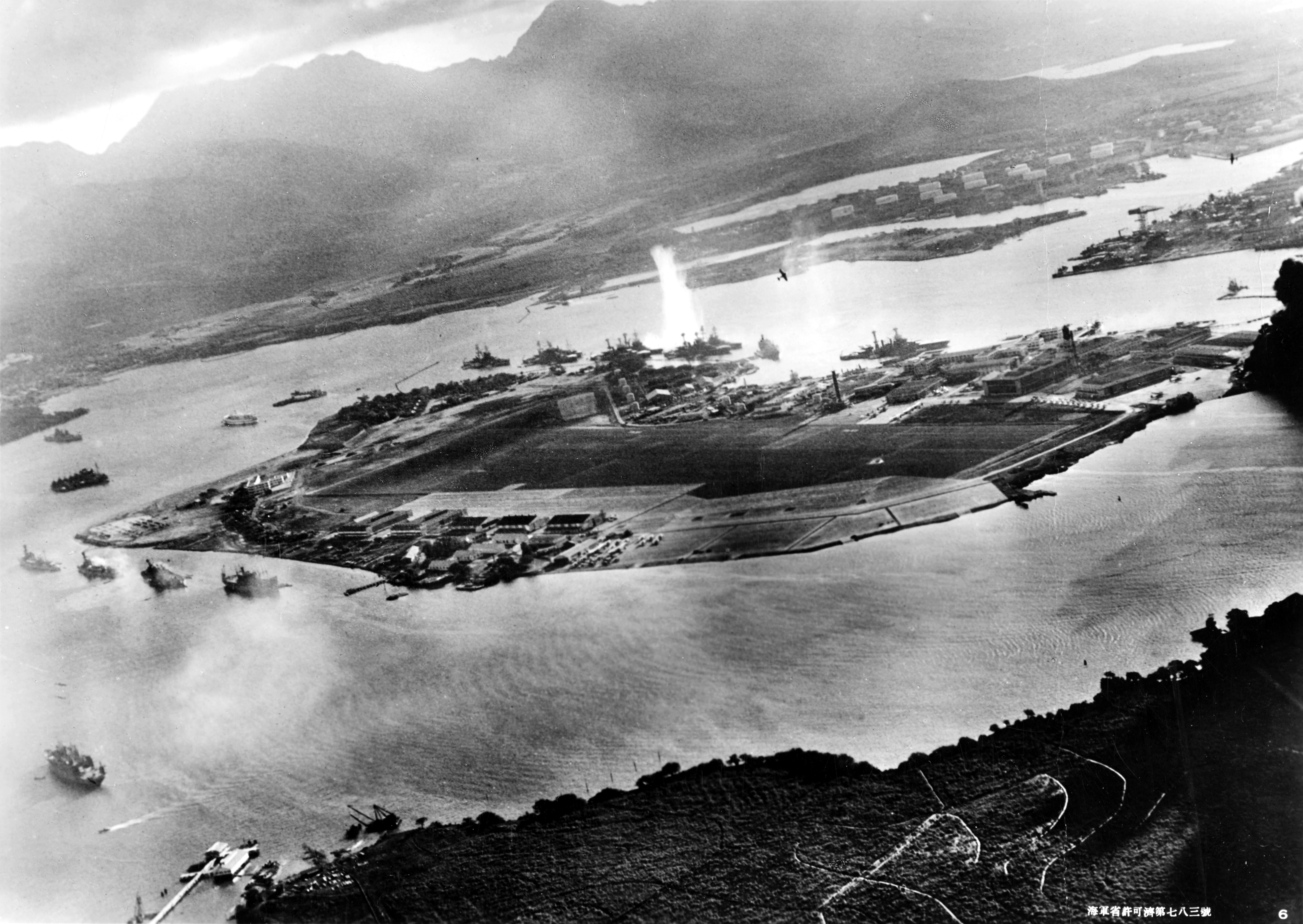This Week in Maritime History: 70th Anniversary of Pearl Harbor Attack (VIDEO), Halifax Explosion Blasts Canada

December 6, 1917:
Halifax Explosion Claims 2,000 Lives in the Halifax Harbour
On December 6th, 1917, in Halifax, Nova Scotia, the world’s largest man-made accidental explosion took place in the Halifax Harbour, taking the lives of 2,000 people and injuring more than 9,000.
At 8:40am on an ill-fated Thursday morning, the SS Mont-Blanc, a cargo ship chartered by the French government to carry munitions to Europe, accidentally collided with a Norwegian ship called the Imo, which was chartered by the Commission for Relief in Belgium and laden with relief supplies. Ten minutes following the collision, the Mont-Blanc ship caught ablaze and within twenty-five minutes, she exploded at 9:04am on December 6th.
 PHOTO: This may be the only photograph of the remnants of blast itself reportedly taken 15-20 seconds after the explosion. Indications are that it was taken Bedford Basin, Halifax, Nova Scotia, Canada, from approximately a mile's distance looking southeast.
PHOTO: This may be the only photograph of the remnants of blast itself reportedly taken 15-20 seconds after the explosion. Indications are that it was taken Bedford Basin, Halifax, Nova Scotia, Canada, from approximately a mile's distance looking southeast.
The blast from the munitions-heavy ship obliterated structures within nearly 2 square kilometers, including buildings in nearby neighborhoods. The force of the explosion also ignited a tsunami within the Halifax Harbour and a pressure wave of air so strong it snapped trees in half, morphed metal, grounded nearby ships, and sent remnants of the Mont-Blanc vessel outward for kilometers.
The Halifax Explosion was responsible for the majority of WWI-related civilian deaths and injuries in Canada, and even killed more Nova Scotia residents than were killed in war-related combat. The catastrophic explosion inflicted roughly Canadian $35 million of infrastructural damage in 1917. Factoring in inflation, the wreckage of the explosion would have amounted to CAD$500 million.
December 7, 1941:
America Remembers Pearl Harbor in the Dawn of its 70th Anniversary
Although 70 years have gone by, the devastation of the attacks on Pearl Harbor still linger. Until the Sept. 11th terror attacks in 2001, Pearl Harbor remained the most tragically distinguished foreign attack to ever take place on U.S. soil. As FDR proclaimed in his historic speech following the attacks, it is a date which will live in infamy, and it has as we solemnly remember the lives lost of America’s bravest 70 years later.
On December 7th, 1941, the Imperial Japanese Navy staged what they called the “Hawaii Operation” or “Operation Al” on the Pearl Harbor U.S. naval base in Hawaii. The base, which was a hub for the U.S. Pacific Fleet, was struck down upon by 353 Japanese fighters, bombers, and torpedo planes launched in waves from six aircraft carriers. The surprise attack was intended by the Empire of Japan to be a preventative measure to keep the U.S. Pacific Fleet from interfering with Japanese military actions in Southeast Asia.

PHOTO: Taken from a Japanese plane during the torpedo attack on ships moored on both sides of Ford Island shortly after the beginning of the Pearl Harbor attack.
As the Japanese cascaded the harbor with bombs, all eight U.S. Navy battleships were damaged, four of which sunk into the harbor. Three cruisers, three destroyers, an anti-aircraft training ship, and one minelayer were also sank or destroyed.
In all, 188 U.S. aircrafts were decimated. 2,402 Americans were killed, and 1,282 were wounded, sending widespread shockwaves through the U.S. people about the state of the war-stricken world, and became nearly independently responsible for the American entrance into World War II.
Watch the video below from Dateline about the bombing of Pearl Harbor.
